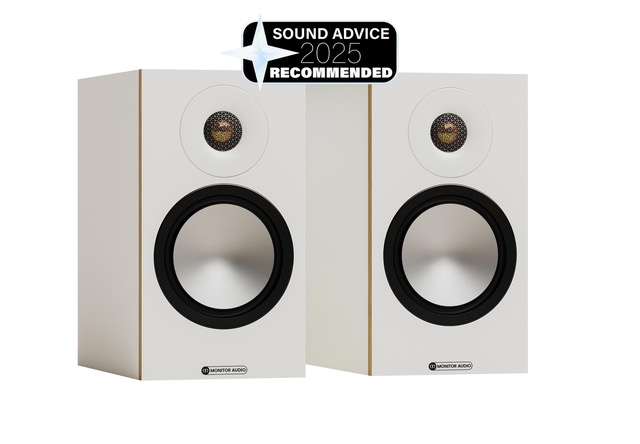Stereo speakers: Stand-mount

Speakers are the most visible elements of a music system, we have chosen our recommendations with care, to save you the trouble. The good thing about stand-mount speakers is that they don't take up too much space and are still capable of filling a small to medium sized room with incredible quality sounds. And look out for our Exceptional and Recommended models, these are the best there is, judged by our independent reviewers
Your guide to: stand mount speakers
Stand mount, Bookshelf
Bookshelf speakers - also known as standmounts - do not have to sit on a bookshelf. But while the compact size lends itself to the likes of shelves and tables, you'll invariably get the best sound if you place bookshelf speakers on dedicated speaker stands. Like all speaker designs, experiment with room placement, checking mid and bass performance changes when adjusting the distance from the rear and sidewalls. The tweeter should sit at roughly ear height to your listening position, and the speakers should be positioned to create a deep soundstage. To boost your soundstage, don't be afraid to pull the speakers away from the rear wall and use an atmospheric recording to test – Master and Commander: The Far Side of the World is a terrific disc for this purpose. You can find an excellent quality recording on Tidal
Passive
A passive loudspeaker has no built-in amplification. It may be pretty to look at, it may be as big as a wardrobe, but nothing of (literal) note will happen without amplification. But connect your passive loudspeakers to an amplifier, feed the amp some music, and the passive speakers do their stuff. Their stuff mainly involves the speaker converting electrical energy into mechanical energy. The speaker's voice coil moves the cone, the cone moves the air, and we hear sweet, sweet music.
Crossover
An audio crossover is an electronic filter that splits the audio signal into two or more frequency ranges, for example, between a two-way speaker's woofer (bass) and a tweeter (treble). This technique avoids drivers sharing the same frequency ranges and the resulting distortions. The crossover also protects the loudspeaker – without it, your tweeter would likely be blown to smithereens. Not good. With a three-way speaker, the crossover divides the signal into three, each for low, mid, and high frequencies.
A passive crossover doesn't need an external power source: the crossover filters use passive components and can only attenuate the signal and, typically, everything happens in the speaker, between the input from the amplifier and the drive units.
With an active crossover design, the frequency split is achieved upstream of the amplifiers, at line level using active (powered) crossover filters which can amplify and attenuate the signal. Following the crossovers, there is a separate amplification channel for each driver, only carrying the frequency range for that driver, for greater clarity and control.
Loudspeakers that use active crossovers are known as active speakers. Small to mid-size active speakers typically contain both crossover and amplification. Larger active speakers may use separate standalone active crossovers and multiple amplifiers, but the principle is the same. Powered speakers have amplifiers in them, but work more like a passive system, with a passive crossover between the amp and the drivers: they’re convenient, but don’t have the benefits of true active designs.
Speaker cable
Some view speaker cable, used to connect your speakers to your amplifiers, as a necessary evil – draping its ugly self around your room messing with the feng shui. To others, speaker cable is a cost-effective way to upgrade a hi-fi system. Our advice is to try before you buy. And ensure that your speaker cable is professionally terminated – it'll look nicer, fit better, and – potentially! – sound better.
Speaker grille
The speaker grille's main job is to protect the speaker's delicate drivers from unwanted attention. Think cats, dogs, dust, and little people's curious fingers. Some makers also offer a choice of coloured grilles, helping you match your hi-fi system to your décor.




